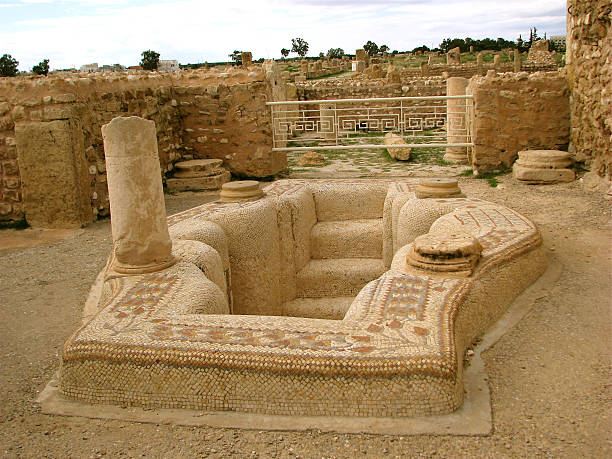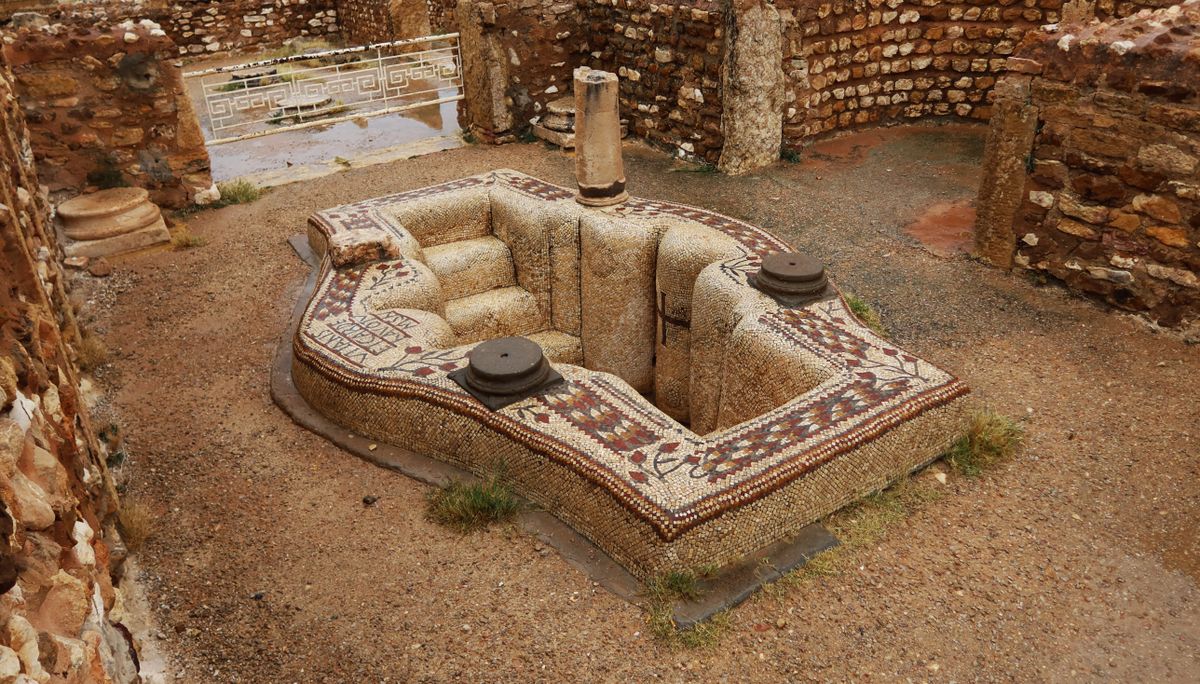Byzantine Bathtub Reveals Ancient North African Bath Culture

A 1,500-year-old Byzantine bathtub, discovered in the ancient city of Sofitola—now known as Sbeitla in modern-day Tunisia—offers a rare and vivid window into the refined bathing culture of late antiquity in North Africa. The bathtub, believed to date back to the 5th or 6th century AD, reflects the transition from Roman to Byzantine influence in the region, both culturally and architecturally.

Crafted from stone and exhibiting signs of high-quality workmanship, it was likely part of a private or semi-public bathing complex associated with a villa or religious structure. Sbeitla, once a thriving Roman city known as Sufetula, was notable for its well-planned infrastructure, including paved streets, aqueducts, and bathhouses—many of which continued to function into the Byzantine period.

The discovery of this bathtub underscores the continued importance of hygiene, leisure, and social rituals associated with bathing, even as political powers shifted. It also reveals how the Byzantines preserved and adapted Roman bathing traditions while adding Christian elements to public and domestic spaces. This find contributes to our understanding of daily life, elite domestic culture, and the persistence of Roman urban amenities in Byzantine North Africa.












